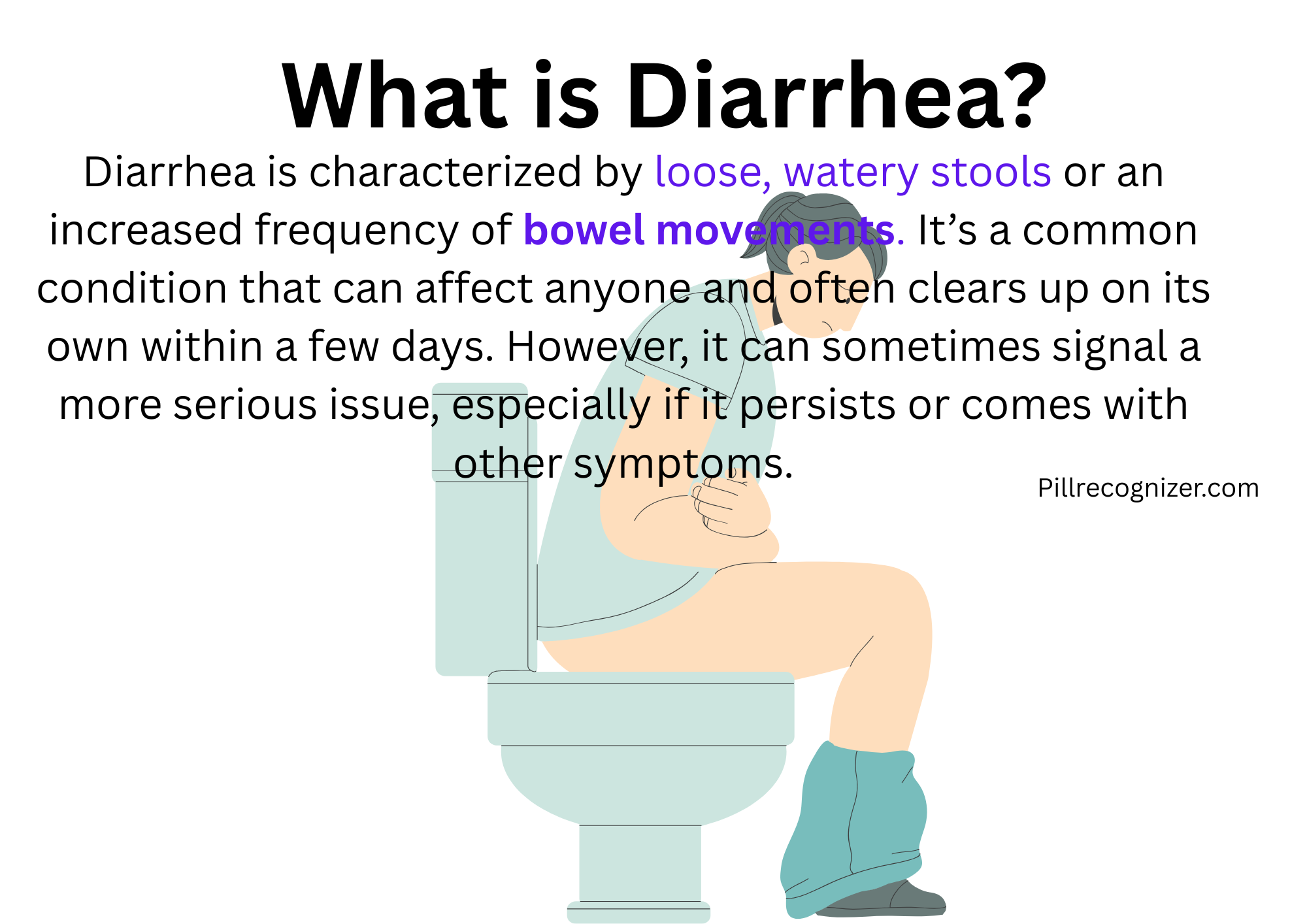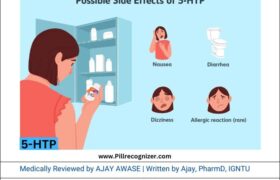Tardive Dyskinesia
Tardive dyskinesia (TD) is a neurological condition marked by recurrent, uncontrollable movements, frequently in the jaw, face, and other body regions. These motions can include tongue protrusion, lip smacking, grimacing, and erratic limb and torso movements. Long-term use of some drugs, especially antipsychotics or neuroleptics used to treat mental illnesses such depression, bipolar disorder, and schizophrenia, can cause TD.
Key Facts About Tardive Dyskinesia
- Cause: The most frequent cause is long-term use of dopamine-blocking drugs, especially first-generation antipsychotics (like haloperidol) and some second-generation antipsychotics (like risperidone). These medications block dopamine receptors, which over time may cause the brain to become hypersensitive and cause involuntary movements.
- Risk Factors: Age (particularly being over 55), female gender, duration of drug use, and underlying neurological problems are some of the factors that can raise the risk of having TD.
Symptoms of Tardive Dyskinesia
The symptoms of TD can vary in severity, ranging from mild to disabling. Common involuntary movements include:
- Facial movements: Grimacing, lip-smacking, tongue movements, rapid blinking
- Limb movements: Jerky or writhing movements of the arms and legs
- Body movements: Swaying or rocking, pelvic thrusting
These movements can significantly affect quality of life, self-esteem, and social interactions, especially when severe.
Treatment and Management of Tardive Dyskinesia
Managing TD can be challenging, but there are various treatment approaches to help reduce symptoms:
- Medication Adjustments: TExamining the drugs that might be contributing to TD is frequently the first step. It could be beneficial to lessen the dosage or move to an antipsychotic with a lower risk of TD. To prevent symptom recurrence, a healthcare professional should closely monitor changes.
- FDA-Approved Medications:
- Valbenazine (Ingrezza) and Deutetrabenazine (Austedo) are two drugs that have been authorized to treat TD. They precisely target the involuntary movements linked to the illness by decreasing dopamine sensitivity.
- Tetrabenazine (mostly used to treat Huntington’s disease) can occasionally be prescribed off-label, but there is a chance that it will cause negative side effects including depression.
- Supportive Therapies: People’s quality of life can be improved, motor control can be improved, and symptoms can be managed with the use of physical and occupational therapy.
- Lifestyle and Stress Management: Practices like mindfulness, relaxation techniques, and regular exercise may help lessen the impact of TD because stress can exacerbate symptoms.
Prevention and Early Detection
Prevention is crucial because TD might be irreversible. It is possible to identify TD before symptoms worsen by identifying any uncontrollable movements early and reporting them to a healthcare professional. For individuals who are susceptible to TD, physicians may:
- Use the lowest effective dose of antipsychotic medication.
- Regularly monitor for early signs of involuntary movement.
- Periodically reassess the need for antipsychotic treatment, especially for long-term users.
Living with Tardive Dyskinesia
It can be difficult to live with TD, particularly as the illness can impact mental health and social interactions. Communicating with family and friends about TD, joining support groups, and seeking help from mental health specialists can all help manage the condition’s effects.
It is crucial to speak with a healthcare professional for a comprehensive assessment and to go over possible treatment options if you think you or someone you know has TD.


